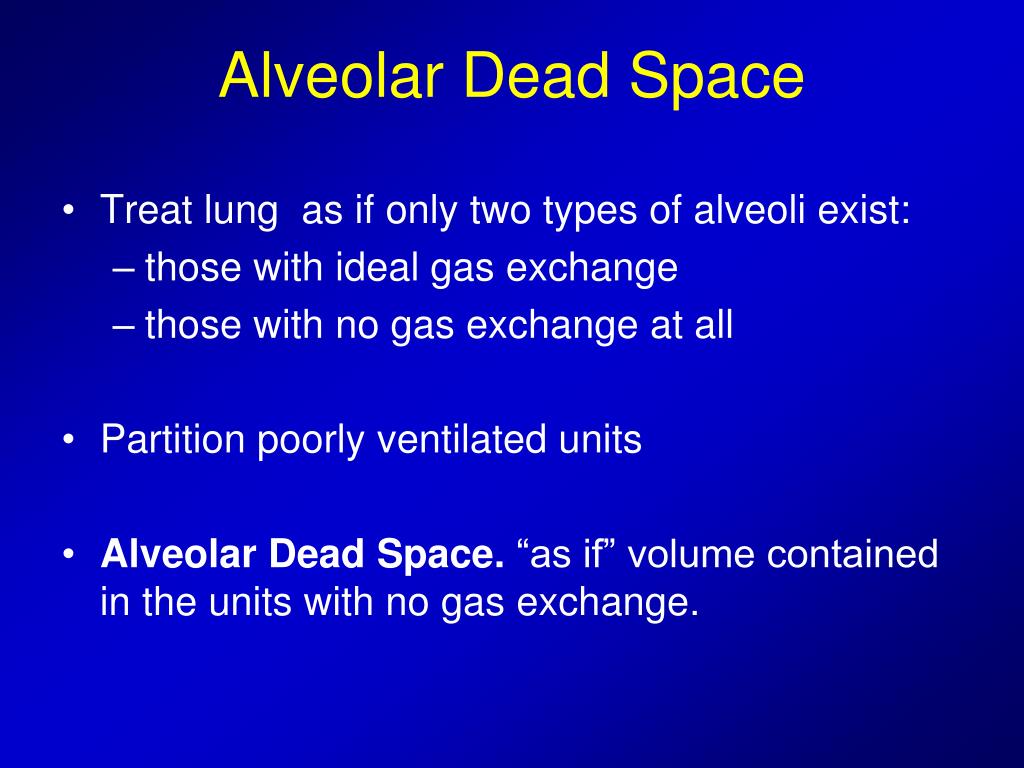


Carbon-dioxide-rich blood is pumped from the rest of the body into the alveolar blood vessels where, through passive diffusion, it releases its carbon dioxide and absorbs oxygen into the blood vessels. The alveolar membrane is the gas-exchange surface. Its plural is alveoli, from the Latin alveolus, meaning little cavity.įound in the lung parenchyma, the pulmonary alveoli are the terminal ends of the respiratory tree that outcrop from either alveolar sacs or alveolar ducts both are sites of gas exchange with blood. Pulmonary surfactant: Pulmonary surfactant is a surface-active lipoprotein complex formed by type II alveolar cells that maintains the elastic recoil of the lung.Īn alveolus is an anatomical structure that has the form of a hollow cavity.extracellular matrix: A fluid space secreted by cells (including alveolar cells) for structural and functional support.alveolar dead space: Alveolar space that can no longer contribute to gas exchange due to damage or scarring.It is a common symptom of many lung diseases. Alveolar dead space occurs when an alveolus can’t participate in gas exchange due to damage, injury, scarring, or infection.Insufficient pulmonary surfactant in the alveoli can contribute to the collapse of a lung.


In some alveolar walls there are pores between alveoli called pores of Kohn.


 0 kommentar(er)
0 kommentar(er)
